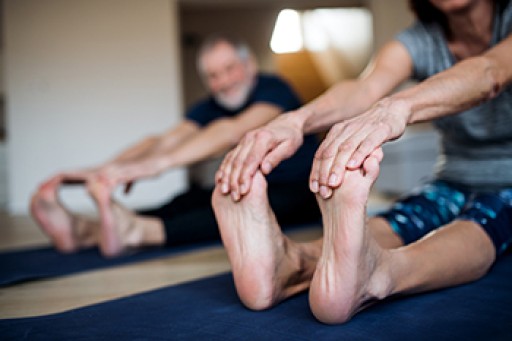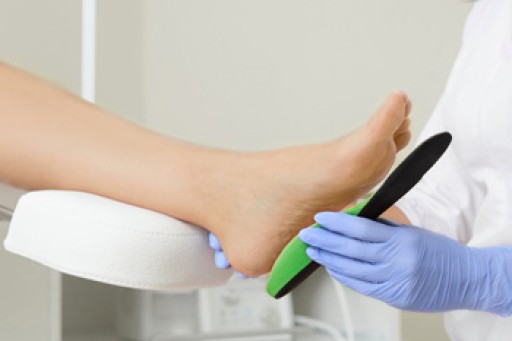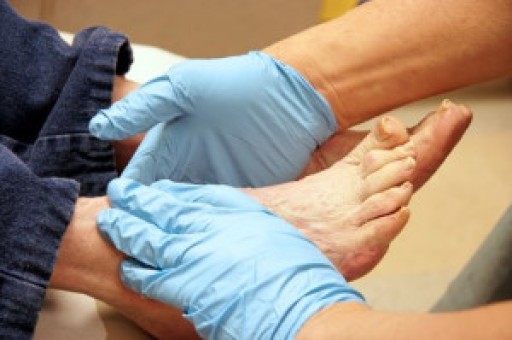Ankle sprains are extremely common, affecting approximately 25,000 people each day. They occur when one or more ligaments in the ankle are overstretched or torn. This usually happens from a sudden twisting or turning of the ankle, while waking, running, jumping, dancing, or playing a sport. Immediately following the injury, it can be beneficial to follow the R.I.C.E. acronym for sprained ankle care. R.I.C.E. stands for rest, ice, compress, and elevate. Rest your ankle by not putting more weight on it than absolutely necessary. Apply ice to the ankle to reduce pain and swelling. Compressing the ankle can also help control swelling, and provides support to the area, as often ankle sprains are accompanied by ankle joint instability. Elevate the foot while resting by propping it up higher than heart level. If you suspect that you have sprained your ankle, it is strongly suggested that you see a podiatrist as soon as possible. The podiatrist will be able to diagnose the ankle sprain, determine the severity of the injury, and prescribe the appropriate treatments.
Ankle sprains are common but need immediate attention. If you need your feet checked, contact one of our podiatrists from Footcare Now. Our doctors can provide the care you need to keep you pain-free and on your feet.
How Does an Ankle Sprain Occur?
Ankle sprains take place when the ligaments in your ankle are torn or stretched beyond their limits. There are multiple ways that the ankle can become injured, including twisting or rolling over onto your ankle, putting undue stress on it, or causing trauma to the ankle itself.
What Are the Symptoms?
- Mild to moderate bruising
- Limited mobility
- Swelling
- Discoloration of the skin (depending on severity)
Preventing a Sprain
- Wearing appropriate shoes for the occasion
- Stretching before exercises and sports
- Knowing your limits
Treatment of a Sprain
Treatment of a sprain depends on the severity. Many times, people are told to rest and remain off their feet completely, while others are given an air cast. If the sprain is very severe, surgery may be required.
If you have suffered an ankle sprain previously, you may want to consider additional support such as a brace and regular exercises to strengthen the ankle.
If you have any questions please feel free to contact our offices located in Elmhurst Jackson Heights, and Astoria, NY . We offer the newest diagnostic and treatment technologies for all your foot and ankle needs.
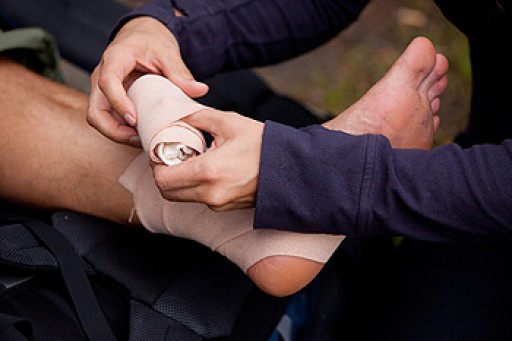

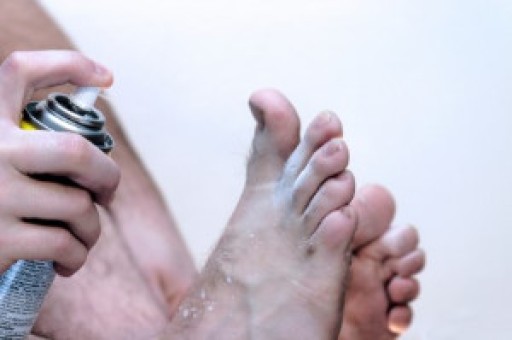
 Athlete’s foot
Athlete’s foot